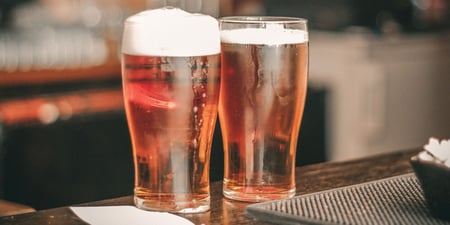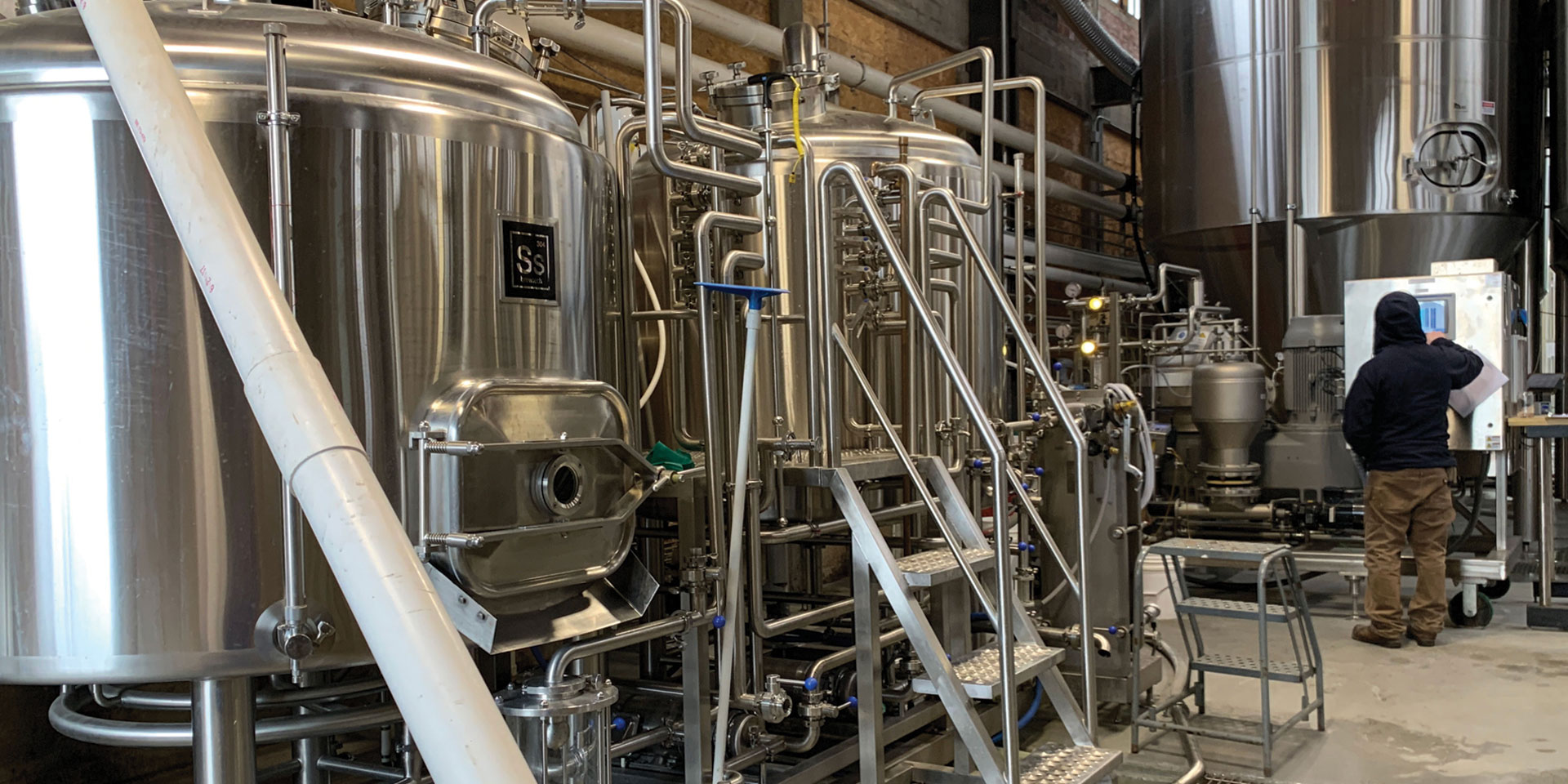Traditional Brewing by Country
All of those delicious and unique brews you enjoy all came from somewhere. Let us take you around the world to learn more about beers in their country of origin. This stop on our world tour is all about British brews. Pale ales, porters, stouts, and Irish reds will be highlighted here.
British Brewing: Pale Ales and Pints
Traditional Ales: Pale Ale/Bitters, India Pale Ale, Irish Red, Brown Ale, Porter, Stout, Old Ale, Barley Wine, Imperial Stout
Known for Ales, British brewers used the climate to their advantage in making top-fermented, hoppy beers. Although not unique to England, ales were fermented in open tanks, where the yeast would rise to the top of the batch and would be skimmed off. Harvesting yeast this way meant that there would be less yeast to worry about later in the process and that yeast could be repitched into subsequent brews. Before refrigeration, open fermenters also allowed heat to dissipate. Fermentation times were shorter than colder lager fermentations, and the beer could be transferred to casks for secondary fermentation at the public house where it was to be served.
Brewing this way, the copper-colored Pale Ales of Burton would become known worldwide. These ales were called Pale to distinguish them from the brown and black beers that were the norm before the 1800’s. Extra hops became a feature of Pale Ales, giving rise to the term Bitters for the category as well. British brewers started the process of dry hopping, adding whole hops to the tank or cask after primary fermentation to increase the floral, fruity aroma of the ale. As mentioned, stronger beers that were being shipped to India and had an extra measure of dry hops in the cask became known as India Pale Ales.
Not all British ales are copper and hoppy. Brown Ale is less hoppy and has more body from the roasted color malt used in the  brew. A little black malt or roasted barley [1-2%] along with some amber color malt [5-10%] gives an ale a brown color and slight coffee-roasted flavor. There are similar brews in other countries that use roasted malt to the same end [Altbier in Germany; 60 Schilling Ale in Scotland]. Porter is originally thought to be a blend of Pale Ale and Stout. The black color of the stout with the amber color of the pale makes for a deep brown ale that is malty and roasted. The darkest ale is Stout. Stouts are dark from black malt, giving the beer a strong coffee-roasted aroma and flavor.
brew. A little black malt or roasted barley [1-2%] along with some amber color malt [5-10%] gives an ale a brown color and slight coffee-roasted flavor. There are similar brews in other countries that use roasted malt to the same end [Altbier in Germany; 60 Schilling Ale in Scotland]. Porter is originally thought to be a blend of Pale Ale and Stout. The black color of the stout with the amber color of the pale makes for a deep brown ale that is malty and roasted. The darkest ale is Stout. Stouts are dark from black malt, giving the beer a strong coffee-roasted aroma and flavor.
Check your beer color with the HI801 Spectrophotometer
Old Ale, Barley Wine, and Imperial Stout are on the strong end of the ale spectrum. These can range in color from amber to black. The darkest strong ale is Imperial Stout, once brewed for the Russian Royal Court. Using twice the amount of malt as a regular ale, the alcohol of strong ales can be as high as 10-11%, approaching wine strength [hence the name].
More Variations: Irish Red Ale, Light Mild/Ruby Red Mild/Dark Mild

A cousin of Pale Ale is Irish Red Ale, a style brewed with deeper roasted malt giving the ale more color and body. Along with Stout, Red has become the basic pint in Ireland. Mild Ale, a low alcohol ale traditionally brewed in the Midlands, comes in a number of versions from Light Mild [Pale Ale color] Ruby Red Mild [deep red color] to Dark Mild [Porter color]. These more affordable beers were designed to meet the needs of the working classes of this highly industrialized area.
Your journey following beer around the world has just begun!
If you have questions regarding your beer testing, please contact us using one of the channels below.
Stay tuned - this is only PART 2 of a 5 part blog mini-series!


